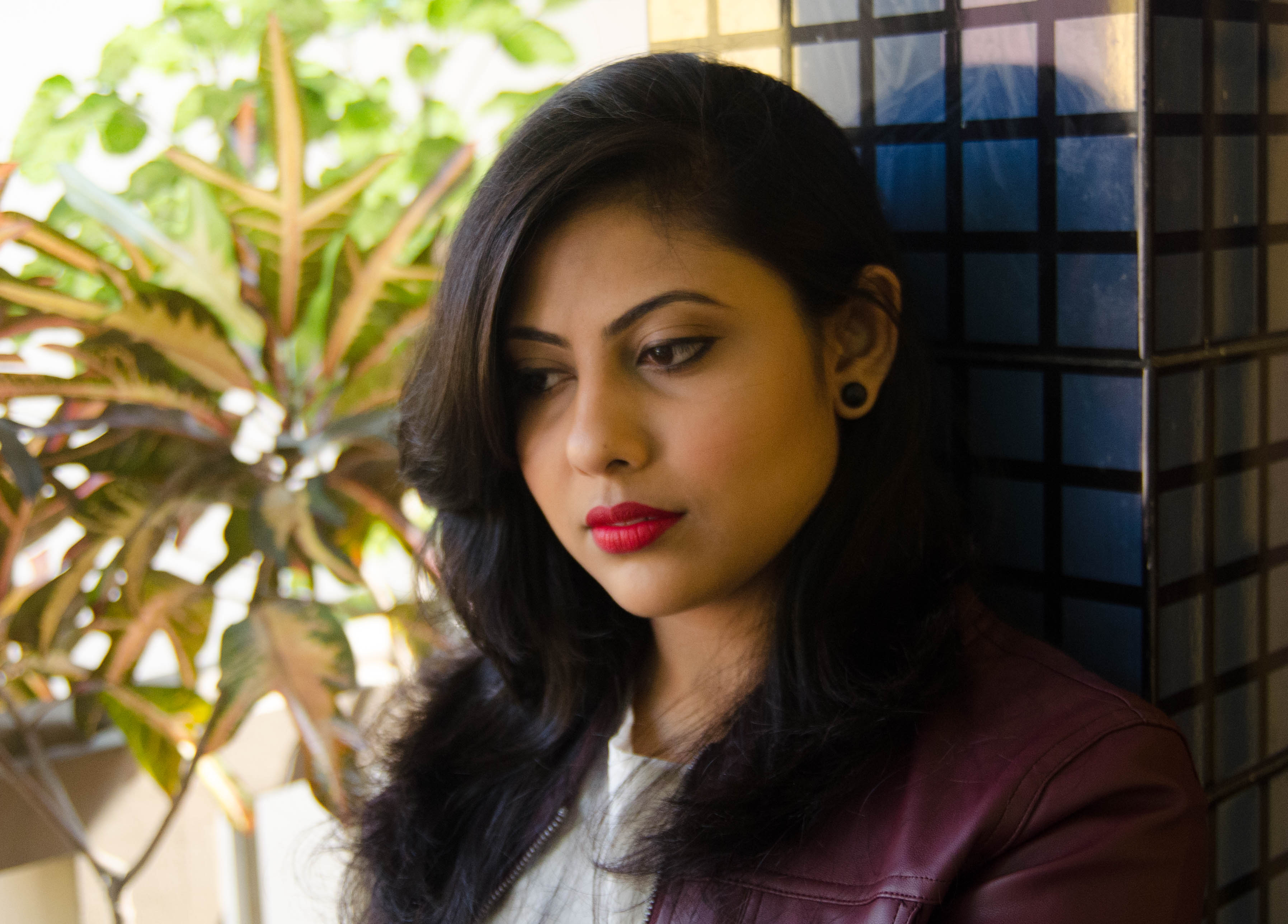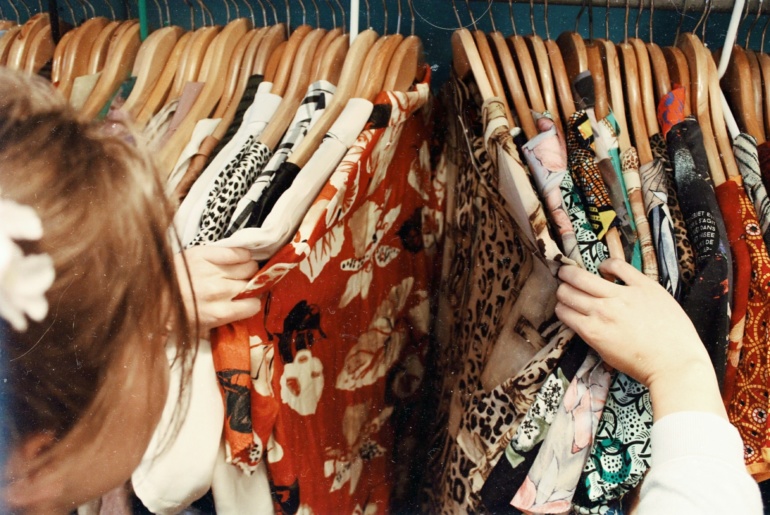From tackling environmental concerns as product differentiators to fashion brands implementing sustainability as an industrial practice, Sustainable Fashion has come a long way. Slow Fashion is a popular, effective alternative to fast Fashion. There are numerous concepts in the sustainable fashion world, and it’s easy to become confused when some of them seem to blend. So, what exactly is ‘slow fashion,’ and how does it vary from sustainable Fashion?
What is Slow Fashion?
Fast Fashion is the opposite of slow Fashion and entails a fashion awareness and approach that considers the processes and resources needed to make garments. It promotes the buying of higher-quality garments that will last longer and the ethical treatment of people, animals, and the environment. It’s deliberate, intentional, and all-encompassing. It’s also a case for reining in overproduction, overcomplicated supply chains, and mindless consumption.
Slow Fashion/ ethical Fashion have a lot in common. They are movements that abide by the same basic principles. Slow Fashion differs from fast Fashion in that it focuses on minimizing consumption and production.
Start of Slow Fashion
Since the last decade, a wave of change has spread through the fashion industry. A growing number of brands are rejecting fast fashion principles in favor of a more sustainable approach to clothing production. Kate Fletcher coined the term “slow fashion” in a 2007 article published in The Ecologist, in which she compared the eco / sustainable/ethical fashion industry to the slow food movement.
In contrast to the fast-fashion model, slow Fashion emerged around 20 years ago, resulting in cheaper clothes and shorter trend cycles. With brands like H&M burning tons and tons of unsold garments each year, despite continued sustainability efforts to close the fashion cycle, it’s clear that this ideology is an essential part of the movement as a whole.
Essential Characteristics of Slow Fashion Brands
The values that comprise the Slow Fashion movement posit a complete overhaul of consumption and production, from high-end to small-scale designers. You can make a change by opting for a Sustainable Wedding dress at your wedding.
This approach has inspired many changes, most notably in clothing production and consumption habits. Slow Fashion has gained prominence in recent years as consumers have become more aware of the importance of higher sustainability and ethical standards.
- Made of high-quality, eco-friendly materials such as linen
- Frequently sold in smaller (local) shops rather than large chain stores.
- Garments are sourced, manufactured, and sold locally.
- Garments are more classic than trendy.
- Frequently made-to-order to reduce wasteful production.
- Few, different styles per collection, released twice or no more than three times each year, or a lasting seasonless collection
What is the difference between Sustainable / Ethical Fashion?
There appear to be many misunderstandings about the differences between slow, ethical, and sustainable Fashion. This is understandable given the similarities; sustainable Fashion cannot be sustainable without being ethical, and slow Fashion cannot be sustainable.
Their focus is what distinguishes them. Ethical Fashion is often concerned with human and animal rights, whereas sustainable Fashion is frequently worried about environmental impact. While slow, ethical, and sustainable Fashion all refer to aspirational goals such as reconsidering our relationship with clothing, slow Fashion combines a brand’s practices with a customer’s shopping habits. The movement seeks to establish an industry that benefits the planet and all people.
How can you practice Slow Fashion?
Think before you buy: Begin by resisting the impulse to buy something on the spur of the moment. Before putting on new shoes, consider your existing wardrobe before purchasing a product that will not match anything you own. When you’re ready to buy anything new, consider checking out secondhand apps or thrift stores first.
Watch out for expert guides: Look out for expert guides about various clothing brands that are producing ethical & sustainable, ethical shoes, affordable (Ethical) clothing brands, and organic clothing brands.
Do Research: If you come across a new slow fashion brand, do your homework and make sure you’re investing your money wisely. Examine the brand’s website for details on the design process. Is it long-term, slow, and ethical for all parties? Is the manufacturing process and place of the brand disclosed? What number of collections does the brand release in a year? Answering such questions will reveal whether a company follows through on its promises. Still in doubt? Send an email to the brand or reach out on social media.
Create a new wardrobe: This wardrobe method needs you, to be honest about what clothing is appropriate for your lifestyle. A capsule wardrobe is made up of a few items. The garments must be both functional and fashionable.
Some Slow Fashion Brands
If you’re looking for some slow fashion items, these slow fashion brands use fair practices for their environmental, ethical, and animal impacts and are great places to start:
OhSevenDays
Megan Mummery, an Australian-Canadian, founded OhSevenDays to encourage slow Fashion and the “power of circularity.” Based in Istanbul, the brand repurposes end-of-roll fabrics from the city’s garment factories to create sharp, everyday womenswear, both wearable and ethical. Essentially, it creates slow Fashion from the byproducts of fast Fashion. OhSevenDays clothing is available in all sizes, as well as custom sizing.
TWOTHIRDS
TWOTHIRDS is a company for people who are aware of the great importance of our oceans but also desire style and quality. They evaluate how many pieces they will sell from one product using their Pre-Order system: they, therefore, produce what they sell, which is yet another fantastic slow fashion approach.
Unspun
Unspun, an American brand that is working to create a world that reduces the world’s carbon emissions by 1% through a zero-inventory, low-waste process. Its product sizing is entirely adjustable, so you can always find the perfect fit.
The R Collective
Womenswear designs by The R Collective are created by reusing rescued excess materials from well-known luxury brands and manufacturers. The company makes extensive use of environmentally friendly materials, reducing the number of chemicals, water, and wastewater used in the production. It also makes sure that its supply chain pays a living wage.
Conclusion
While slow Fashion is gaining popularity, there is still a long way to go. To support the slow fashion movement, we must join a growing community looking beyond the “attraction” of fast Fashion’s low cost as well as high turnover. We can remain mindful of what a brand truly represents by streamlining our wardrobes and focusing on quality rather than quantity.


